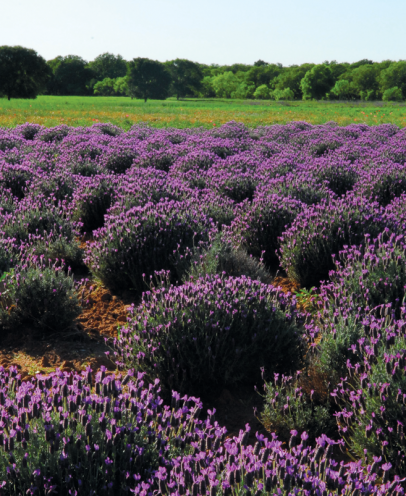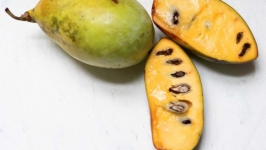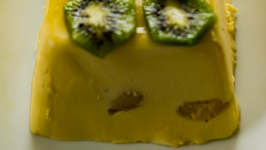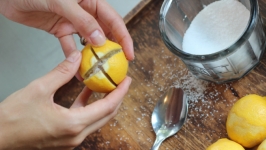What’s in Season in Summer
With the long, wet spring and the weather shifts each season, we’ve decided we need a new approach to seasonal eating. Look for more of our thoughts on what it means to eat in summer this season at ediblecolumbus.com. For now, here’s a list of what you can find at the farmers markets this summer based on years past. As always, make some time at the market to talk to the farmers and find out what’s growing, and what’s not. Be flexible and learn what’s in abundance from the farmer who grows your food. We also include some people in our community and what they’re expecting from the season of thunderstorms and sunshine. —Colleen Leonardi
What’s in Season
Edible Flowers
Fruits: Apples; Black, Purple, Red and Fall Raspberries; Everbearing Strawberries; Blackberries; Gooseberries; Peaches; Currants; Grapes; Tomatoes; Cantaloupe; Watermelon
Vegetables: Asparagus; Broccoli; Green Peas; Sweet Corn; Bell, Hot and Sweet Peppers; Cucumbers; Eggplant; Carrots; Garlic; Leeks; Okra; Lettuces and Greens; Rhubarb; Potatoes
“As members of the beekeeping industry, our season begins with ‘growing our livestock’ in the early spring to numbers in the millions. Each one of our bees will only produce 1/12th teaspoon of honey in its lifetime, so a great many healthy honey bees must be ready to go to work collecting nectar and pollinating crops. Just like all of us in agriculture, we are tied to the weather, and this long, cool spring has slowed production down and may shorten the honey flow. Beyond the weather challenges, our bees face environmental problems that threaten their lives, so we must be ever diligent to maintain the health of our livestock.”—Barry E. Conrad, Conrad Hive and Honey
“On our small farm we grow lavender and mushrooms. The wet spring may have had an impact on our lavender, but I will have to wait until mid to late May to know if there has been any plant loss. The challenge for this year is to manage our farm being open to the public for the first time. We will be open Friday to Sunday, noon until dusk, in June and July. We currently have seven varieties [of lavender] growing and I’m planting two new varieties this year.”—Ken & Cheryl Gordon, Purple Plains Farm
Peak Harvest: July to August
Edible Flowers
Fruits: Black, Purple and Red Raspberries; Everbearing Strawberries; Blackberries; Gooseberries; Peaches; Currants; Tomatoes; Cantaloupe
Vegetables: Green Peas; Sweet Corn; Bell, Hot and Sweet Peppers; Cucumbers; Eggplant; Carrots; Garlic; Leeks; Okra; Lettuces and Greens; Potatoes
Late Harvest: August to Early September
Edible Flowers
Fruits: Apples; Everbearing Strawberries; Fall Raspberries; Blackberries; Peaches; Grapes; Tomatoes; Cantaloupe; Watermelon
Vegetables: Sweet Corn; Bell, Hot and Sweet Peppers; Eggplant; Carrots; Garlic; Leeks; Okra; Lettuces and Greens; Potatoes
* Editor’s Note: Make some time at the farmers market to talk to your farmer and find out what’s growing this summer, and what’s not. Be flexible and learn what’s in abundance from the farmer who grows your food.








